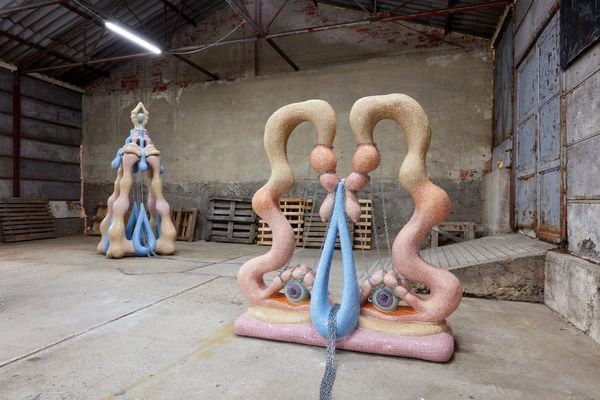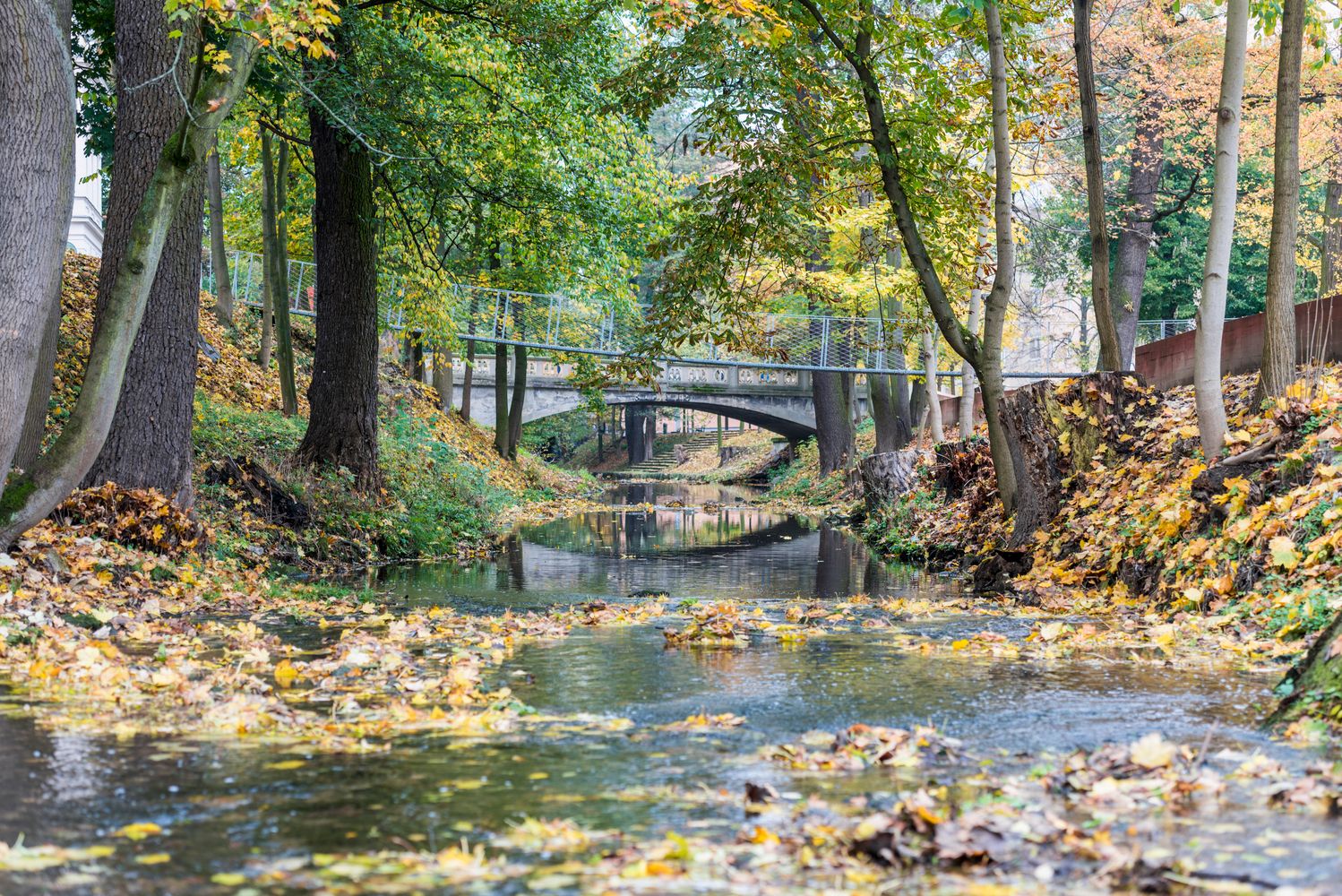Beyond all doubt, the best months are now to come. The sun is warming our faces with its golden rays once again, the branches of the trees are full of fresh buds and colorful flowers are sprouting from the green grass. It’s time to spend as much time as possible in picturesque nature! Luckily for us, even as city dwellers, we don’t have to go too far to enjoy some spring air, as more and more green spaces are opening up across Eastern Europe for those looking to escape the concrete jungle. In today’s regional selection, we’ve picked out some of the parks that we find the most special.
Stadtpark | Vienna, Austria
Vienna has many green spaces in the city center, but Stadtpark is one of the most famous and popular, with special sculptures and monuments of world-famous artists such as Franz Lehár, Franz Schubert and Anton Bruckner. Exotic trees and a luscious lake create a wonderful atmosphere for relaxation and recreation.
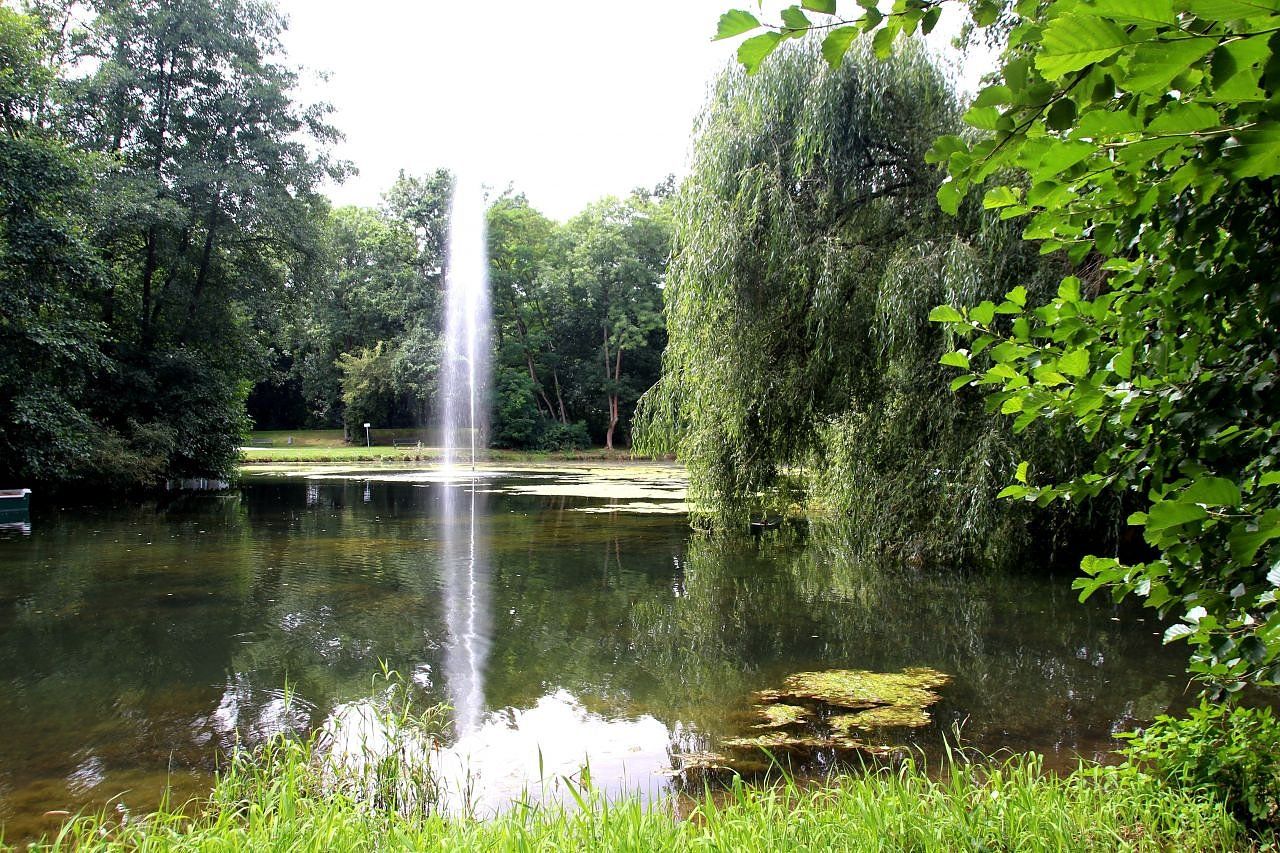
Banks of the river Loučná | Litomyšl, Czech Republic
Although the city of Litomyšl in the Czech Republic has seen many high quality architectural projects over the last two decades, the population has not been able to participate in the construction in any meaningful way. However, the Loučná riverfront restoration project has sought the input of professional designers and the public, resulting in a concept that perfectly combines nature with the built environment.
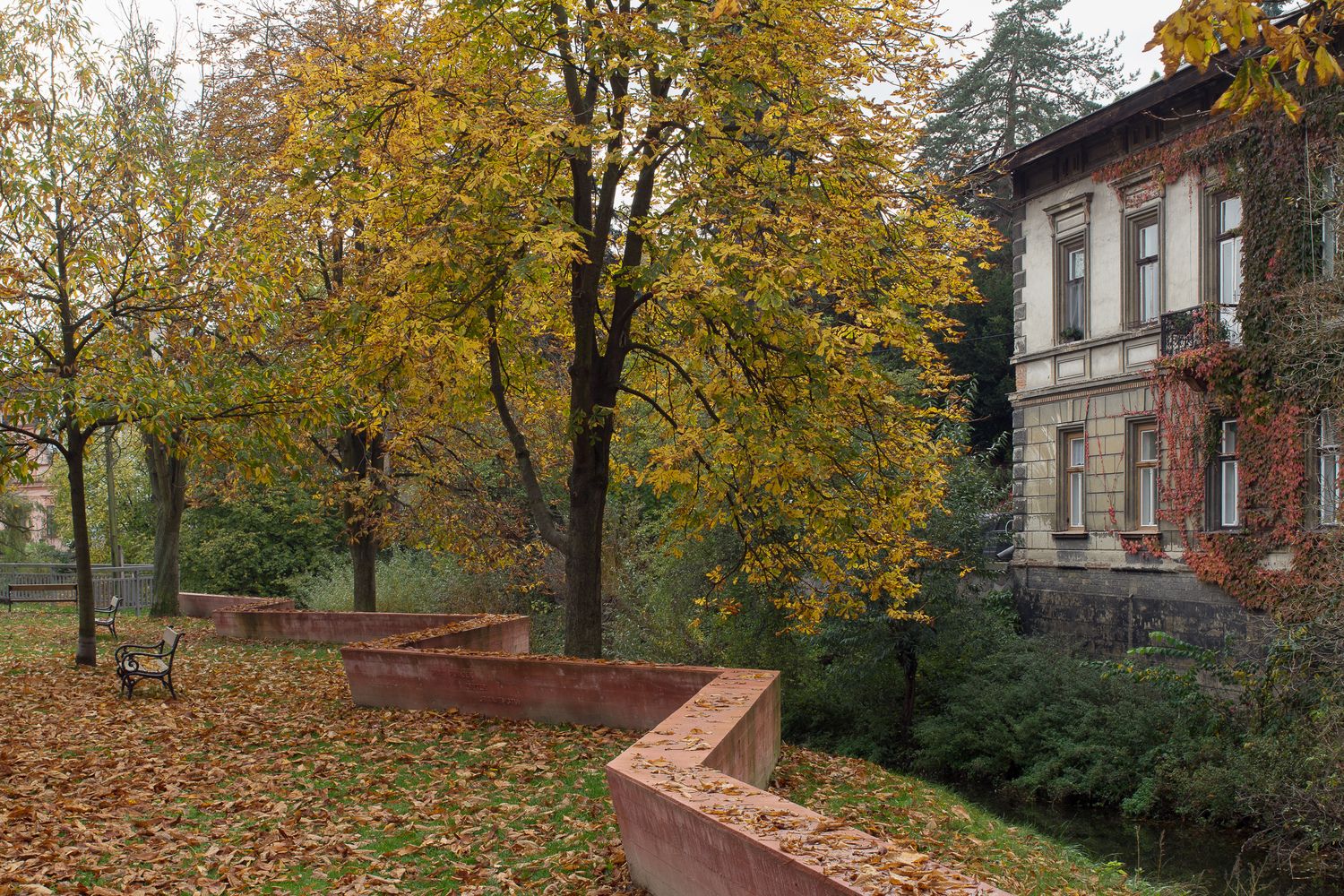
Koper Central Park | Koper, Slovenia
Since there is no room for large-scale parks in the densely built-up central spaces in the city, Koper in Slovenia decided to transform the seafront into a huge public park with a unique spatial structure, lush green fields and trees, which could later be used as an open-air beach.

Kopasz dam | Budapest, Hungary
Neglected for a long time, Lágymányos Bay has seen spectacular development over the past few years, with the birth of a new neighborhood. As well as office buildings and housing estates, the environment has been revitalized, with more trees planted and the creation of cozy promenades, modern restaurants and a sandy beach.

Paprocany lake shore | Tichy, Poland
The artificially created Paprocany lake shore is not only a great place for hiking, but also for sports, as it is home to one of the newest sports and recreation centers in the area. If you’re tired of all-day sports, you can visit the 400-meter-long hardwood promenade, which is lined with benches, umbrellas and waterproof bicycle racks for the convenience of wanderers.
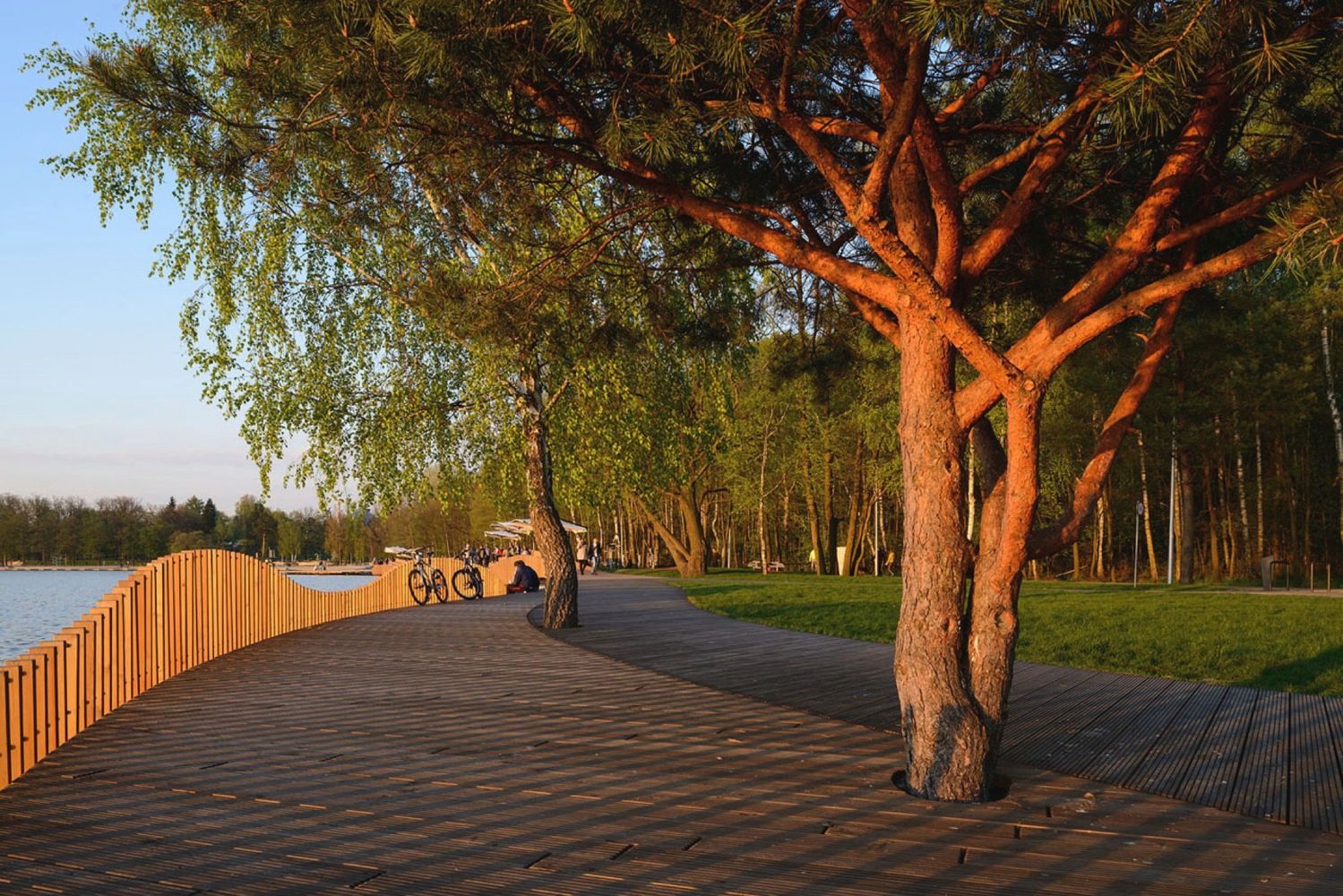
BudaPart—Kopasz dam | Web | Facebook | Instagram
Source: ArchDaily, WeLoveBudapest, WienInfo

This might be the solution to food waste | Interview with Barbara Gollackner, creator of Wastewear

Go green with home delivery in Budapest with TOURMIX
